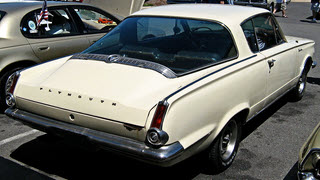 A white Plymouth Barracuda became mine after the Suzuki disappeared from the roadside and I think it was still running when the purloined motorcycle returned. I bought it from a co-worker for $300 or maybe $350. Though barely a half-dozen years old, the slant-6 3-speed had accumulated more than its share of miles and developed an appetite for oil in the process.
A white Plymouth Barracuda became mine after the Suzuki disappeared from the roadside and I think it was still running when the purloined motorcycle returned. I bought it from a co-worker for $300 or maybe $350. Though barely a half-dozen years old, the slant-6 3-speed had accumulated more than its share of miles and developed an appetite for oil in the process.
Of course, the Barracuda was my main ride while the wife drove the “good” car. I often took the bus to my downtown job and even when I did drive it to work, the car’s oil burning tendencies were kept in check by the fairly low speed route. Then a job change inserted about twenty miles of expressway into my workday drive. Some carpooling helped and I drove the wife’s car when I could. Sedate right-lane travel, frequent looks at the dipstick, and an ever present case of cheap oil in the trunk held off the inevitable.
I was still in a band and that was the job where the Barracuda’s oil consumption became something of an issue. Actually, it was just one particular gig. This gig was in Napoleon, Ohio, near the top of the state. We played there multiple times and each was a three night, Friday through Sunday, deal. I was working about 150 miles away in South Lebanon, Ohio. With looser schedules, the rest of the group drove up on Friday afternoon. I headed north as soon as I could slip away. This freed me from lugging in and setting up equipment but meant I had some real time constraints and basically walked through the door and started playing after a non-stop drive. Or maybe a one — or more — stop drive. At 50 MPH or less, the Barracuda could squeeze a few hundred miles out of a quart of oil. At 65 MPH, the rate was closer to 100 MPQ and at 75 or 80 it was noticeably worse. More than once I found myself trying to mentally calculate whether I would get there sooner by rocketing onward and making a high-speed dump-in-a-quart pit stop or slowing down and saving the oil. I don’t recall ever getting that worked out satisfactorily.
It’s probably not surprising that other ‘Cuda stories are also band stories. One involves having my drums loaded in the car. It was actually pretty good for that. With the rear seat folded down, there was a goodly amount of space under what was the largest piece of glass ever used in a production car at the time. Details escape me but we had stopped somewhere to see another band play. The others wanted to stay longer than I did so, after hearing a few songs, I went out to the car to sleep. Maybe I had to work in the morning or maybe I was just tired. By moving some things to the front seat, I dug out enough room to snake around what remained and fall asleep. I awoke when the light of a thousand suns hit my face. My head was toward the rear with that big rear glass just inches away. I eventually figured out that there was just one light, not a thousand, and that it was white and probably not the sun. I couldn’t look directly at it, of course, or see around it and I felt completely helpless and pretty darned scared. The car was locked but if someone wanted to smash a window and drag me out by my feet I certainly couldn’t have stopped them. At last the light pulled back and I could see that it was held by someone in a uniform. There was another person beside him and in time I could make out badges and realized that it was a pair of police officers. They chatted with each other and, although I couldn’t make out what they said, they apparently decided I was harmless and moved on. I went back to sleep. With long distance hindsight, I’m thinking that those cops may have glimpsed a horizontal body in the car and hit the light for some parking lot picture window porn. Sorry to disappoint. Wish I could have obliged. Really.
The back end of that car really could hold a lot. A Hammond organ, for example. It wasn’t a line topping B3 and it wasn’t completely pure but a real Hammond did get transported inside the compact Plymouth. It was an M3; Noticeably smaller than a legendary ‘B’ but still a potent music maker with two keyboards. In the interest of portability, the organ’s “guts” had been removed from its finely finished tall wooden cabinet and placed inside a sturdy but far from finely finished black plywood box. The desired playing height was achieved by screwing legs made of pipe into brackets on the bottom of the box. A similar box held the volume pedal and the bass pedals were simply left at home. I have absolutely no memory of why it became necessary to carry the organ in the Barracuda but things like that seem to happen fairly common in the music world. The big black box went in and out the passenger door and I recall that someone had to force that seat forward and down while the organ was squeezed over it. Apparently once was enough. We henceforth put enough effort into planning to avoid a “Hammond Under Glass” repeat. Sure wish I had a picture.
Previous Wheels: Chapter 13 — 1966 Suzuki
Next Wheels: Chapter 15 — 1969 Opel Kadett

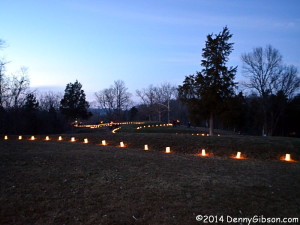
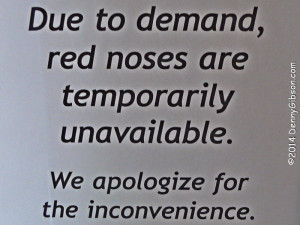


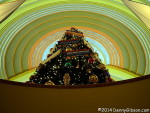


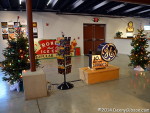
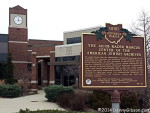

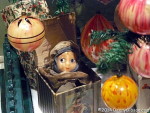



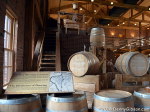
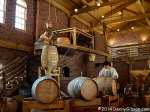
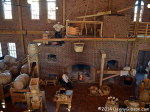

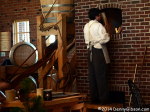
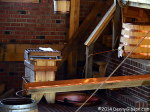
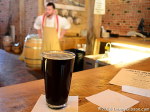
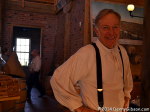

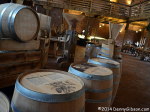
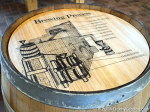

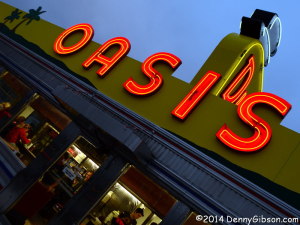



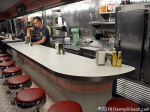
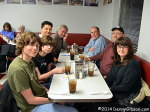
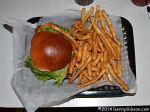

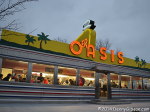
 Yes, this is rather mainstream for me. I’m not in the habit of reviewing books that have appeared on the New York Times Best Sellers List. For one thing, it increases the chances of the amateurish nature of my offerings being found out. For another, such reviews are surely unneeded and are destined to have even less value than my reviews of niche releases. But I’ve never let the lack of need deter me from writing and, as for being caught impersonating a reviewer, I’ll take my chances. Just like Tom Robbins did at the Seattle Times.
Yes, this is rather mainstream for me. I’m not in the habit of reviewing books that have appeared on the New York Times Best Sellers List. For one thing, it increases the chances of the amateurish nature of my offerings being found out. For another, such reviews are surely unneeded and are destined to have even less value than my reviews of niche releases. But I’ve never let the lack of need deter me from writing and, as for being caught impersonating a reviewer, I’ll take my chances. Just like Tom Robbins did at the Seattle Times.